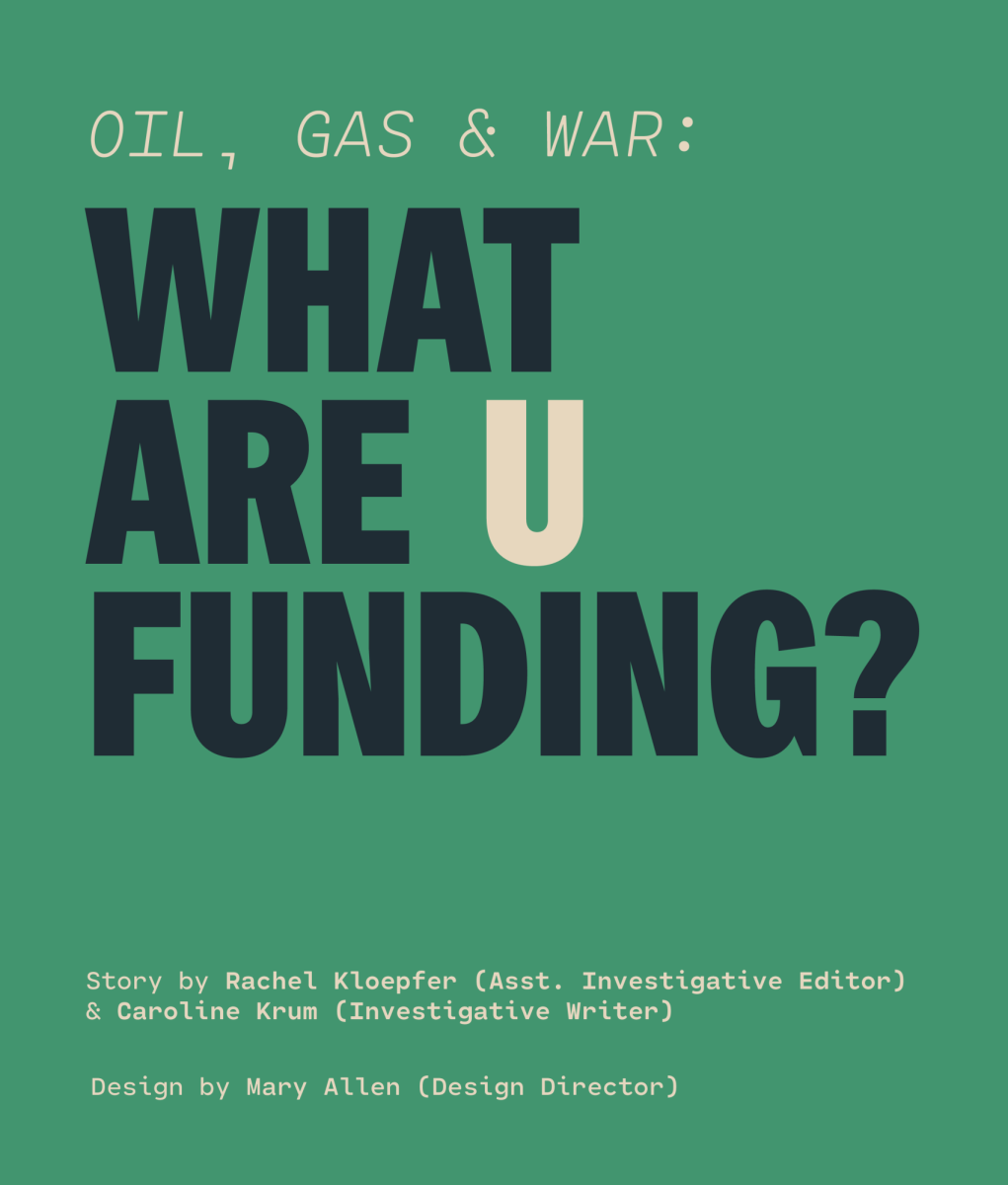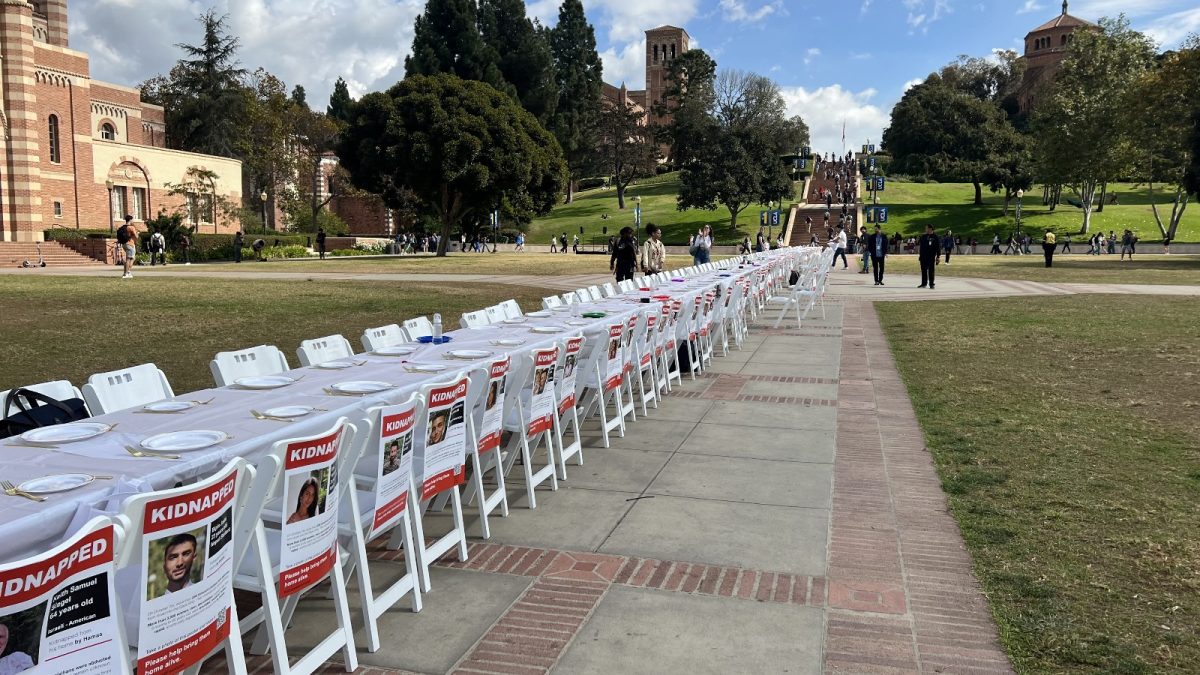Starting with a mere blow dryer, Carl Wittwer helped created Idaho Technology in 1990, a company that now brings in more than $20 million a year.
Wittwer, a professor at the U medical school and co-founder of Idaho Technology, helped design a machine that has simplified DNA analysis of potentially hazardous materials. Analysis no longer has to be done in a lab-it can now be done in the battlefield or a doctor’s office.
Wittwer’s machine makes it possible to perform rapidly the polymerase chain reaction (PCR), the process that makes copies of DNA.
“Polymerase chain reaction does in a test tube what each cell in your body does when it divides,” Wittwer said.
During PCR, DNA must go through cycles in which it is heated and cooled to different specific temperatures.
In the old days of PCR, scientists would have to transfer DNA samples between steam baths that were kept at different temperatures.
Wittwer decided to combine this heating and cooling process into one machine that could do rapid temperature cycling without a scientist’s interference.
“They make life easier. They give you answers without work,” Wittwer said.
He and his coworkers set out with a blow dryer that blew hot air on DNA samples collected in tiny glass tubes called capillaries.
In 1998, the U.S. Air Force showed interest in Idaho Technology’s research; it approached Idaho Technology and asked if it could develop a device that quickly identifies possible bio-terror agents.
The machine had to be durable enough for use in the field and simple enough to be used by the average soldier.
Idaho Technology responded with the Ruggedized Advanced Pathogen Identification Device.
Instead of transporting samples back to the lab for identification, soldiers can use Wittwer’s machine to perform PCR in the field in less than an hour. The device amplifies the levels of DNA in the possibly hazardous sample, bringing it up to detectable levels. When the test is complete, the machine displays either a red or green light; red indicates a biohazard, while green shows there is no threat.
Wittwer presented this material at a lecture that was part of the Science at Breakfast lectures sponsored by the U’s College of Science.











